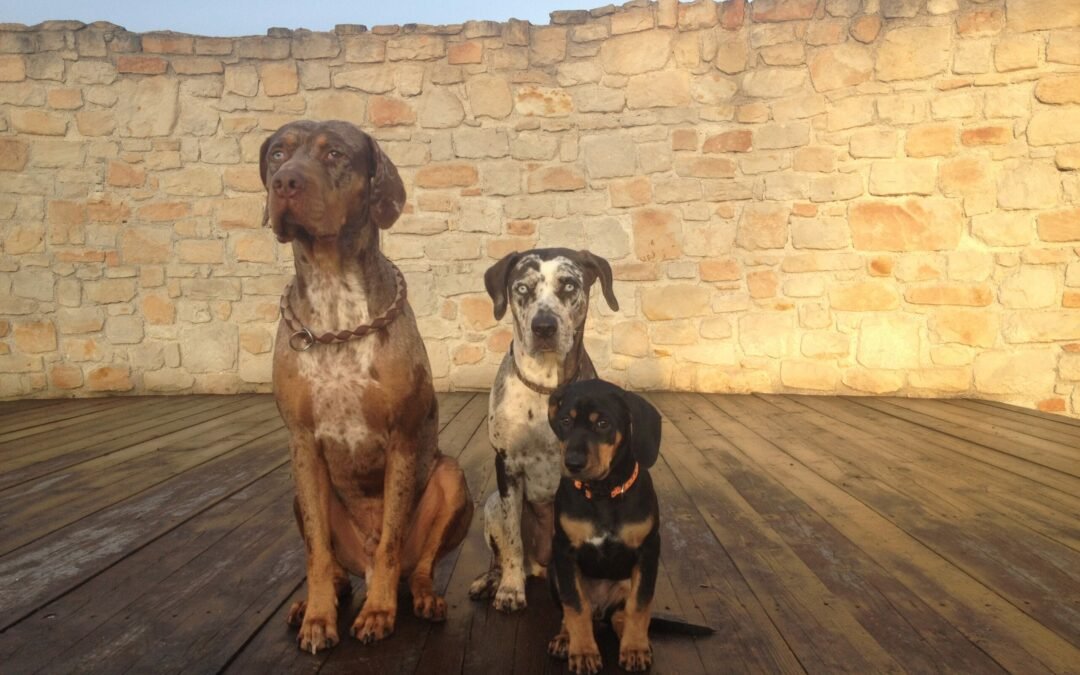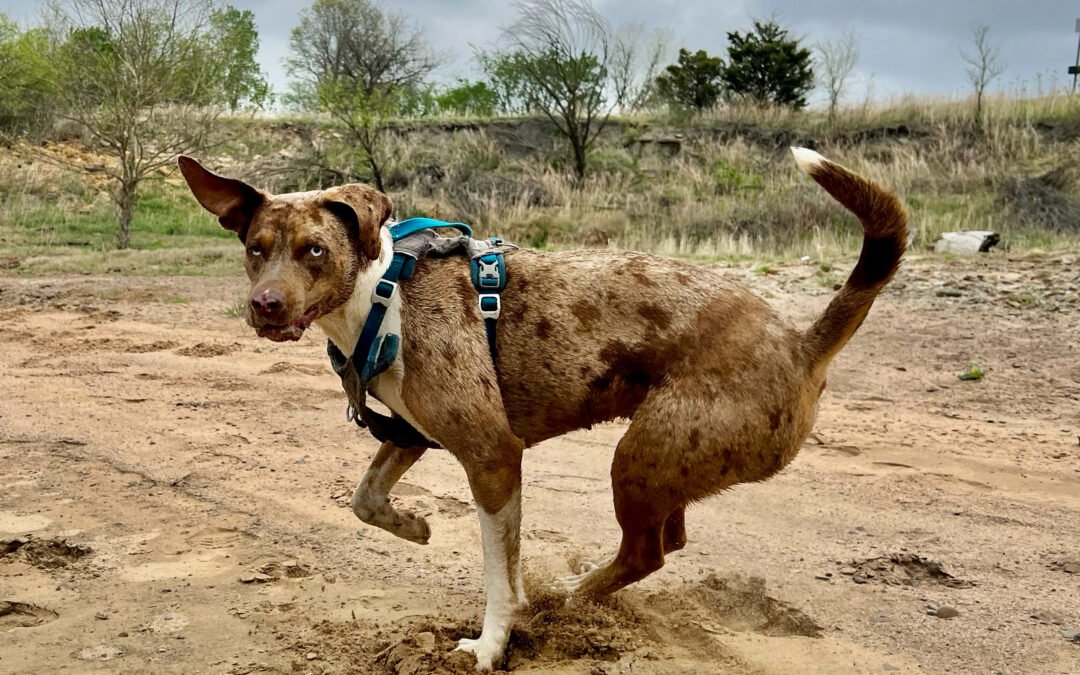
Monitor their weight and diet
The Importance of Monitoring Weight and Diet for Your Louisiana Catahoula Leopard Dog
Keep an eye on their weight to ensure they maintain a healthy body condition and adjust their diet accordingly. Consult with a veterinarian for appropriate feeding guidelines.
Introduction:
As a responsible owner of a Louisiana Catahoula Leopard Dog, it is essential to keep their weight in check and maintain a balanced diet. In this article, we will discuss the significance of monitoring their weight, making necessary dietary adjustments, and seeking guidance from a veterinarian for appropriate feeding guidelines.
1. Understanding the Need for Weight Management:
Catahoulas are known for their active nature and boundless energy. However, excess weight can lead to various health issues like joint problems, heart conditions, and reduced mobility. By keeping an eye on your dog’s weight, you can ensure they maintain a healthy body condition.
2. Regular Weigh-ins:
Regularly weigh your Catahoula to track any fluctuations in their weight. It is recommended to weigh them once a month or as advised by your veterinarian. A slight increase or decrease in weight over time may require adjustments to their diet.
3. Assessing Body Condition Score:
In addition to weighing your dog, assessing their body condition score can provide valuable insights into their overall fitness level. Use visual and tactile cues outlined by veterinarians to determine if your Catahoula is underweight, overweight, or at an ideal body condition.
4. Adjusting the Diet as Needed:
Based on the assessment of your dog’s weight and body condition score, you may need to make adjustments to their diet. Consult with a veterinarian to create a balanced meal plan that meets their nutritional needs while helping them maintain or reach an optimal weight.
5. Choosing the Right Food:
Consider feeding high-quality dog food that is specifically formulated for active breeds like Catahoulas. Look for options rich in protein and essential nutrients while being mindful of portion control.
6. Feeding Guidelines and Portion Control:
Veterinarians can provide tailored feeding guidelines based on factors such as age, activity level, and overall health of your Catahoula. Follow these guidelines and be cautious not to overfeed or underfeed your dog. Consistency is key.
7. Incorporating Exercise:
Along with a balanced diet, regular exercise is crucial for maintaining a healthy weight in Catahoulas. Provide ample opportunities for physical activity, such as daily walks, interactive play sessions, and mental stimulation.
8. Monitoring Dietary Changes:
Keep a close eye on how your Catahoula responds to dietary adjustments. Observe changes in their energy levels, coat condition, and overall well-being. If any issues arise, consult with your veterinarian for further guidance.
Conclusion:
Monitoring the weight and diet of your Louisiana Catahoula Leopard Dog is essential for their overall health and well-being. By staying proactive in managing their weight and seeking professional advice when needed, you can ensure they lead a long and healthy life full of vitality.
‡This article is part of a twelve part series.





